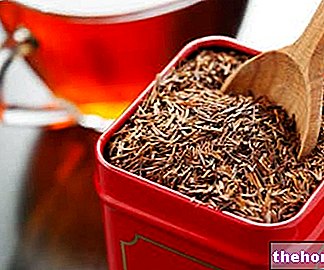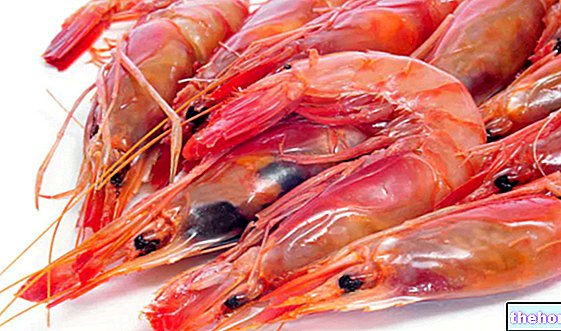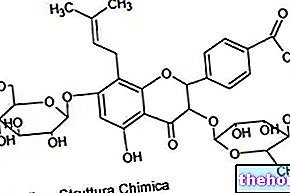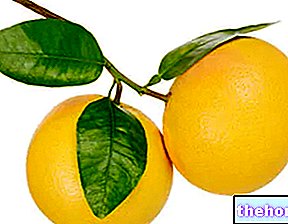
It owes its name to the typical color it assumes after the proliferation of the aforementioned fungal agent, which also slightly changes its consistency, while flavor and aroma become extremely characteristic.
Used since time immemorial in traditional Chinese medicine, today fermented red rice is also well known in the West - where it is considered a dietary, nutraceutical, functional food - thanks to its lipid-lowering phytotherapeutic properties, which allow to lower above all cholesterol in the blood. However, consumer demand has oriented the trade in fermented red rice more on its active ingredients, available in concentrated form of the dry extract, rather than on the actual food.
The effectiveness of fermented red rice in lowering blood fats, with particular reference to cholesterol, is attributable to the metabolic residues left by the red yeast; therefore it is not a phytotherapeutic property of the initial cereal. To be more precise, by feeding, the M. purpureus releases compounds called monacolins - especially monacolin K - which resemble the well-known statins - cholesterol-lowering drugs in structure and behavior.




























